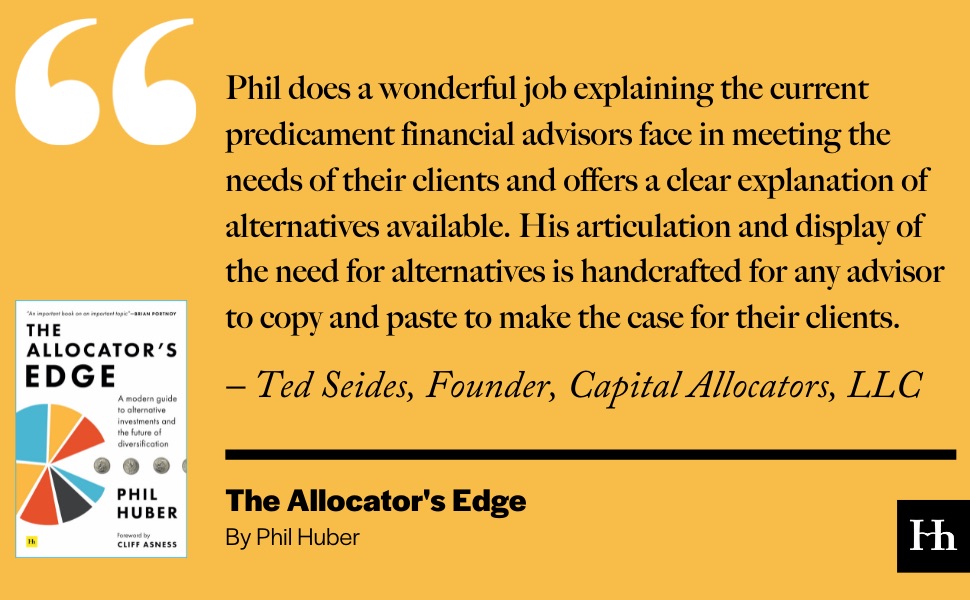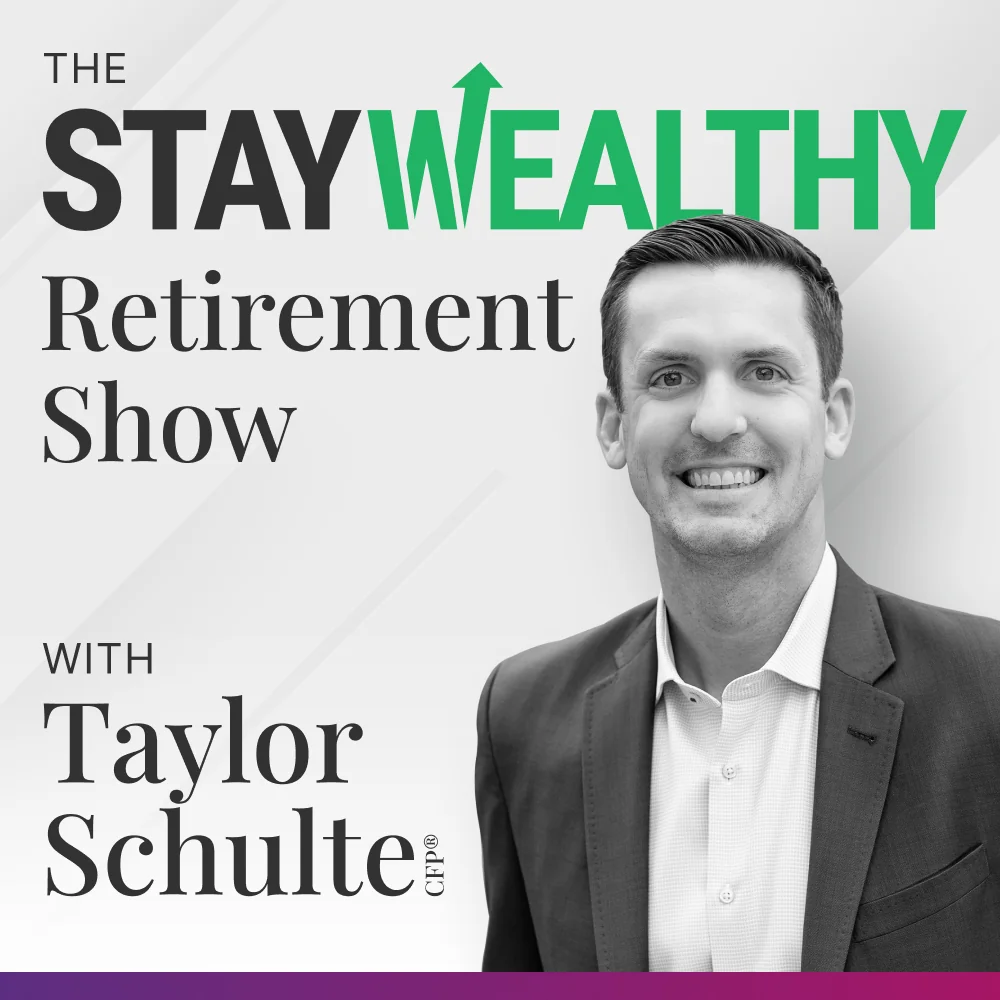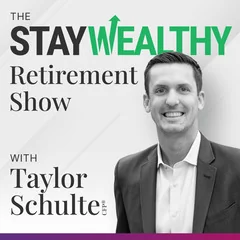Today I’m joined by Phil Huber, Chief Investment Officer at Savant Wealth Management.
Phil joins me to take the other side of the alternative investment debate and shares three BIG insights:
Key Takeaways
- What exactly defines an “alternative investment”
- Why traditional stock/bond portfolios will be challenged in the years ahead
- How alternatives can help to reduce risk and improve investment returns
He also addresses common misconceptions about this complex asset class.
If you’re looking to expand your investment knowledge and learn how alternatives might enhance your retirement portfolio, this episode is for you.

Need Tax + Retirement Planning Help?
We specialize in helping people aged 50+ lower taxes, invest smarter, and (safely) create a retirement paycheck.
Our Free Retirement Assessment™ will answer your BIG questions and help you properly evaluate our firm.
Click the banner below to learn more. 👇
How to Listen to Today’s Episode
🎤 Click to Listen via Your Favorite Podcast App
Episode Resources
- Phil Huber:
- Stay Wealthy Episodes Mentioned:
- Risky Business 2023 Update [Callan Study]
- Diversification Means Always Having to Say You’re Sorry [Forbes]
📬 Want more retirement and investing content? Join thousands of listeners and subscribe to the Stay Wealthy Retirement Newsletter!





